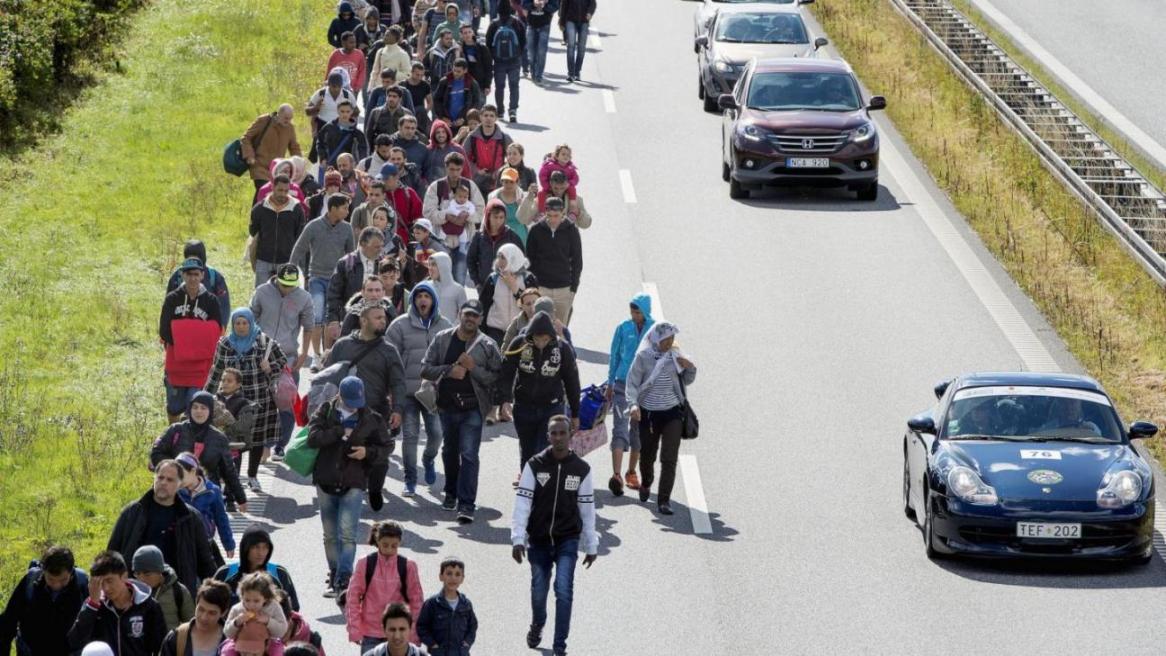It’s not only European Central Bank stimulus that has the potential to hurt the euro. From the possibility that Britain might leave the European Union and the impact of refugees flooding the region, to concerns over the economic outlook and political turmoil in Ireland as well as Spain, the euro is facing a slew of hazards.
Set alongside economists’ expectations for lower interest rates and more asset purchases from the ECB, investors are wondering how low it can go, Bloomberg reported.
“There are monetary policy risks, there are political risks within the EU, there’s the geopolitical risks from outside with migration, and underlying it all you’ve got a pretty lackluster growth picture,” said Frances Hudson, an Edinburgh-based global thematic strategist at Standard Life Investments, which oversees $356 billion. “You could quite easily see a negative spiral developing.”
The euro is the worst-performing major currency after the pound over the past month, and touched a four-week low against the dollar this week. In a further sign of unease, a gauge of traders’ expectations for price swings in the world’s most-traded currency pair over the next six months climbed this week to the highest since 2012, when ECB President Mario Draghi pledged to do whatever it takes to preserve the euro.
While a falling currency may bolster the region’s economy by stimulating exports, the recent declines reflect a troubled outlook for the bloc. A decision by the UK to exit in a June 23 referendum would further damage trade and present unprecedented political challenges for the EU, while efforts to manage an influx of refugees from countries such as Syria by reducing free movement within the EU’s passport-free Schengen area also threaten to hamper the transfer of goods.
More than 100,000 people have crossed the sea to Greece, Italy and Spain in the first two months of this year, according to the United Nations’ refugee agency UNHCR, after about a million made the journey in 2015. European leaders will meet on March 7 to try to hammer out a solution.
Pressure Building
“If you get a situation where people put the euro itself into question, then foreign holdings in European assets would become problematic,” said Hans Redeker, a currency strategist at Morgan Stanley in London. “One has to be very vigilant in the current environment and there’s certainly a lot of pressure still building up.”
Redeker, who predicts the euro will fall to parity with the dollar by the end of the year, says there’s a “fairly high” possibility that he will have to lower that forecast to 96 US cents, a level not seen since 2002. He’s not alone. Almost a fifth of the forecasters in a Bloomberg survey agree with Morgan Stanley that the euro will trade one-to-one with the dollar by the end of 2016.
The euro was at $1.09 Thursday, down from a 2016 high of $1.14 on Feb. 11. Six-month euro-dollar implied volatility, a measure of price swings based on options, was at 11.32%, after closing at 11.63% on Feb. 29, the highest since July 2012.
The euro has weathered many storms in its 17-year history, and so far the growing list of concerns hasn’t knocked the currency out of the $1.05 to $1.15 range within which it has largely traded in the past year. The median estimate of analysts surveyed by Bloomberg is for the euro to end 2016 at $1.08.
Even so, the possible impact of suspending Schengen on the common currency is worrying Europe’s political elite. German Chancellor Angela Merkel told a March 2 rally in Rhineland-Palatinate that the strength of the euro “relies on the free movement of goods and services as well as people.”
“Taking it all together we’re negative on the euro,” said Adam Cole, head of global foreign-exchange strategy at Royal Bank of Canada in London. “We see it getting down to parity and trading around that level for a while.”


